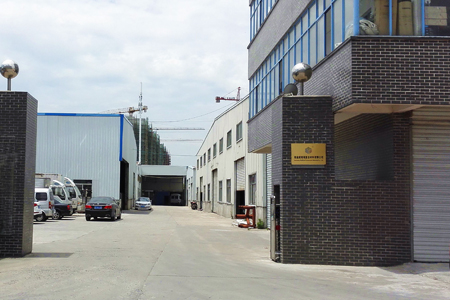For high-performance doors and Windows, FRP profiles are multi-cavity thin-wall profile, the standard wall thickness is 2mm, the minimum wall thickness can be up to 1.5mm, and the production speed can be up to 0.7-1.0mpmin.
1 material design
Fiber glass fiber roving and glass fiber felt are mainly used as reinforcing materials, among which one-way glass fiber roving is used to enhance the longitudinal strength of the profile and glass fiber felt is used to enhance the transverse strength of the profile. Thin glass felt is used on the surface of profile to improve the surface quality of products.
The matrix mixture acting as a binder is prepared from unsaturated polyester resin, low shrinkage additive, curing agent, mold release agent, filler and other auxiliary materials.
The standard section of the profile wall consists of three layers
(1) resin rich layer: anti-aging layer, composed of surface felt and resin;
(2) transverse reinforcement: increase the transverse strength of the profile, which is composed of continuous fiber reinforced felt and resin;
(3) longitudinal reinforcement: increase the longitudinal strength of profile, which is composed of glass fiber roving and resin.
2 research on materials and process parameters
Pultrusion material under the tractor traction through from the mould, when moving to mold a point on the length direction, gradually achieve gelling temperature, cause gelation and curing reaction, heat release, resin temperature rise sharply, the viscosity increases, quickly turn into hard solid, accompanied by volume contraction, effect to the mould wall pressure drop rapidly, until to zero, finally out from the mold wall, form a certain gap. In the cementing area, there is a liquid-solid interface composed of liquid resin and cementite. Due to the lag of temperature transfer, the gelation of the resin on the external surface must be earlier than the center of the material. As a result, this interface is a crescent section and the cementite is a central cone.


